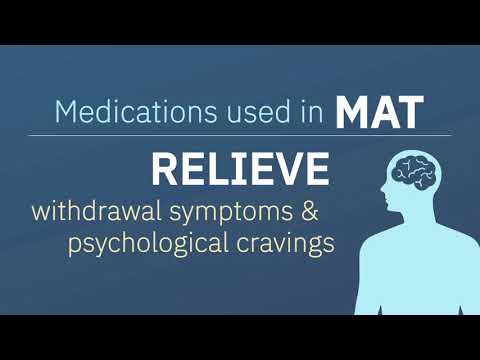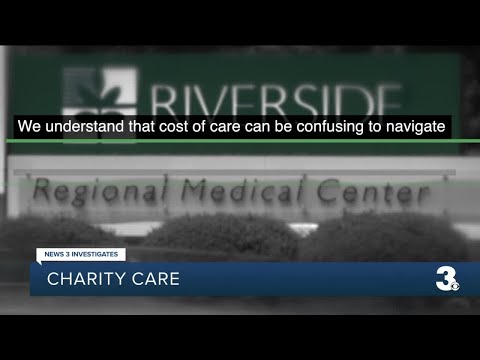SAMHSA’s Medication Assisted Treatment Guidelines
Contents
- Introduction to the Guidelines
- What is Medication Assisted Treatment?
- The Benefits of Medication Assisted Treatment
- Who can benefit from Medication Assisted Treatment?
- The Different Types of Medication Assisted Treatment
- How Medication Assisted Treatment Works
- The Risks and Side Effects of Medication Assisted Treatment
- Making the decision to start Medication Assisted Treatment
- Finding a Medication Assisted Treatment provider
- SAMHSA’s Medication Assisted Treatment Guidelines
If you’re looking for information on SAMHSA’s Medication Assisted Treatment Guidelines, you’ve come to the right place. In this blog post, we’ll cover everything you need to know about these guidelines, including what they are, why they’re important, and how to use them.
Checkout this video:
Introduction to the Guidelines
The purpose of this document is to provide guidance to practitioners and programs on the use of medications for the treatment of opioid use disorders. These Guidelines are based on a review of the scientific literature and expert consensus.
The U.S. Department of Health and Human Services’ (HHS) Substance Abuse and mental health Services Administration (SAMHSA) convened a panel of experts in October 2014 to develop these Guidelines. The SAMHSA Medication Assisted Treatment Guidelines Panel consisted of nationally recognized experts in the field of opioid use disorders, including practitioners, researchers, and medical and addiction specialty organizations.
What is Medication Assisted Treatment?
Medication Assisted Treatment (MAT) is the use of medications, in combination with counseling and behavioral therapies, to provide a “whole-patient” approach to the treatment of substance use disorders.
MAT is an evidence-based practice that has been proven to be effective in treating these disorders. It is important to note that MAT does not replace counseling and behavioral therapies; rather, it is used in conjunction with these other modalities to provide a comprehensive approach to treatment.
There are three main types of medications that are used in MAT:
1. Methadone: Methadone is an opioid agonist medication that is used to treat opioid dependence. It works by binding to the same brain receptors as opioids (such as heroin or prescription pain medications), but without producing the same “high” feeling. This allows people who are addicted to opioids to reduce their use of these substances and eventually stop using them altogether.
2. Buprenorphine: Buprenorphine is an partial opioid agonist medication that is used to treat opioid dependence. Like methadone, it works by binding to the same brain receptors as opioids, but without producing the same “high” feeling. This allows people who are addicted to opioids to reduce their use of these substances and eventually stop using them altogether.
3. Naltrexone: Naltrexone is an opioid antagonist medication that is used to treat alcohol dependence and opioid dependence. It works by blocking the effects of opioids at the brain receptor level, which prevents people who are addicted to these substances from getting “high” if they use them. This can help people who are trying to stop using opioids or alcohol stay sober.
The Benefits of Medication Assisted Treatment
Medication Assisted Treatment (MAT) is the use of FDA-approved medications, in combination with counseling and behavioral therapies, to provide a ‘whole-patient’ approach to the treatment of substance use disorders.
MAT is an evidence-based practice that has been shown to:
· Reduce illicit drug use and criminal activity among people with substance use disorders
· Increase retention in treatment programs
· Improve patient survival
For these reasons, SAMHSA’s Office of Medication Assisted Treatment (OMAT) recommends that MAT be made available to all eligible patients.
Who can benefit from Medication Assisted Treatment?
SAMHSA’s (Substance Abuse and mental health Services Administration) 2016 Medication Assisted Treatment (MAT) Guidelines provide an overview of how MAT can help people with substance use disorders (SUDs). MAT involves the use of FDA-approved medications, in combination with counseling and behavioral therapies, to provide a “whole-patient” approach to the treatment of SUDs.
Who can benefit from Medication Assisted Treatment?
Anyone who is struggling with an opioid addiction can benefit from MAT. This includes people who are:
– using opioids recreationally
– using opioids to self-medicate for pain or other conditions
– addicted to prescription opioids
– addicted to heroin
MAT can also be effective for people who are struggling with other types of substance use disorders, such as alcohol addiction.
The Different Types of Medication Assisted Treatment
There are many medications that can be used to help people who are addicted to opioids. These medications are called “medication assisted treatments” (MATs).
The most common MATs for opioid addiction are methadone, buprenorphine, and naltrexone.
Methadone is a long-acting opioid that is taken once a day. It helps to ease withdrawal symptoms and cravings, and it also prevents the person from getting high if they use opioids.
Buprenorphine is a short-acting opioid that is taken once or twice a day. It helps to ease withdrawal symptoms and cravings, and it also prevents the person from getting high if they use opioids.
Naltrexone is a non-opioid medication that is taken once a day. It helps to prevent the person from getting high if they use opioids.
Other less common MATs include:
-Levomethadyl (oral)
-Suboxone (buprenorphine and naloxone)
-Zubsolv (buprenorphine and naloxone)
-Vivitrol (naltrexone injections)
How Medication Assisted Treatment Works
Medication assisted treatment (MAT) is the use of FDA-approved medications, in combination with counseling and behavioral therapies, to provide a “whole-patient” approach to the treatment of substance use disorders.
MAT is only one part of an overall treatment plan. For example, someone in MAT for an opioid use disorder may also receive therapy to help them deal with any underlying mental health issues, as well as support in making lifestyle changes, such as developing new coping skills and identifying and avoiding triggers that could lead to relapse.
The Risks and Side Effects of Medication Assisted Treatment
Medication Assisted Treatment (MAT) is the use of FDA-approved medications, in combination with counseling and behavioral therapies, to provide a “whole-patient” approach to the treatment of substance use disorders.
There are three FDA-approved medications for the treatment of opioid use disorder:
-Methadone
-Buprenorphine
-Naltrexone
MAT is effective because it helps patients to:
-Reduce or stop illicit drug use
-Retain in treatment
-Reduce criminal activity
-Improve personal and family relationships
-Improve employment prospects and stability
However, MAT is not without risks and side effects. Some of the most common risks and side effects associated with MAT include:
-Drowsiness or fatigue
-Nausea and vomiting
-Constipation
-Increased sweating
-Dizziness
It is important to discuss the risks and side effects of MAT with your doctor or healthcare provider before beginning treatment.
Making the decision to start Medication Assisted Treatment
There are many important factors to consider before deciding if Medication Assisted Treatment (MAT) is right for you. These include understanding your own unique circumstances, such as your current level of opioid use, any other medical and/or mental health conditions you may have, whether you’re in treatment for opioid use disorder, and your social support system. Other important factors include knowing what MAT is and how it works, what the possible side effects are, and whether you’re willing to take medication for an extended period of time.
Finding a Medication Assisted Treatment provider
SAMHSA’s Medication Assisted Treatment guidelines can help you find a provider who can offer medication assisted treatment for opioid use disorder.
SAMHSA’s Medication Assisted Treatment Guidelines
SAMHSA provides a set of guidelines for medication assisted treatment (MAT) of Substance Use Disorders (SUDs), including best practices for screening, prescribing, and monitoring MAT medications.







